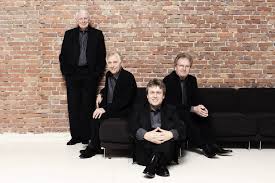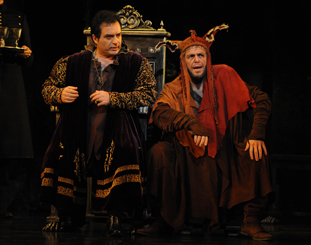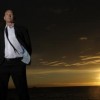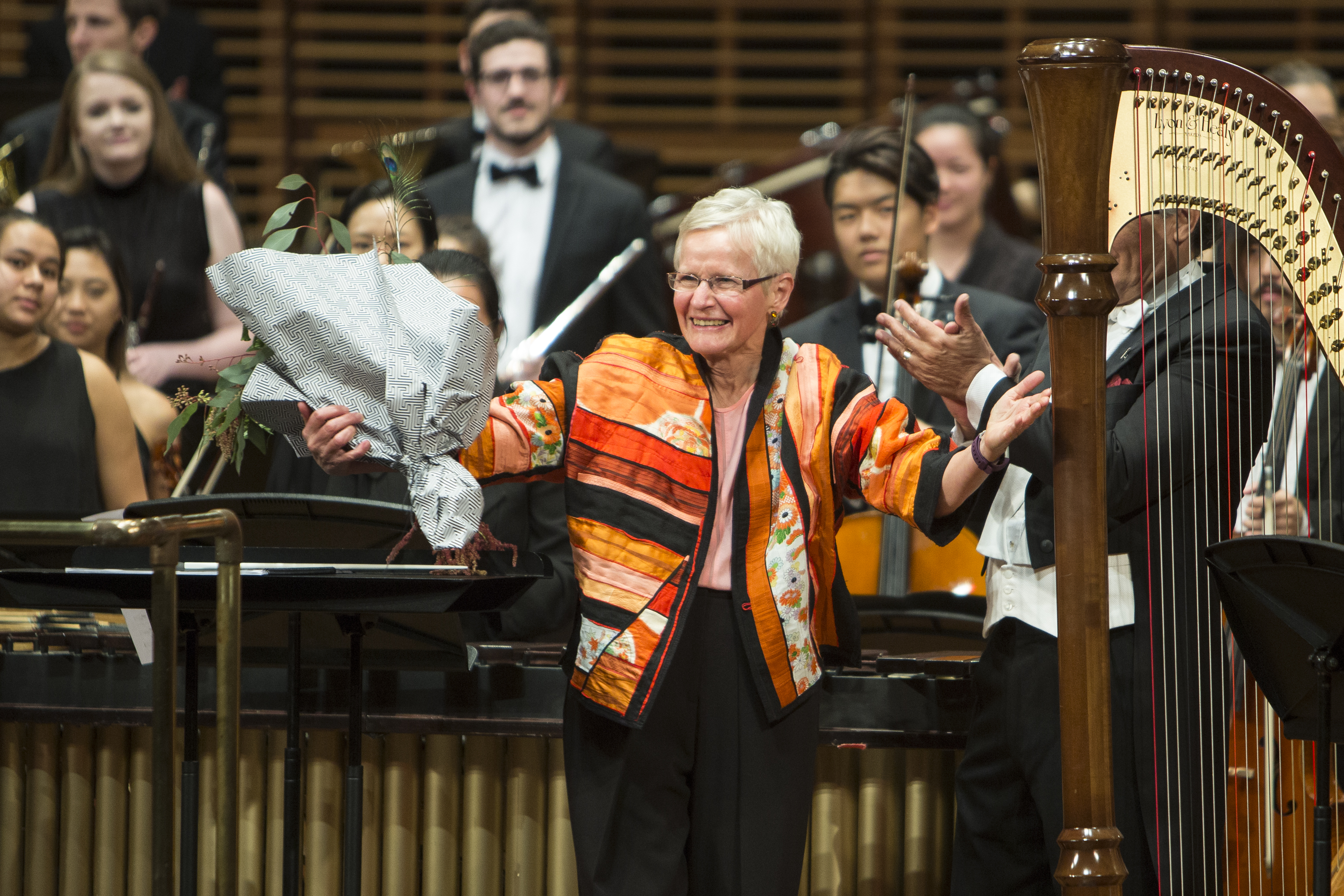Concert review: ‘A Hilliard Songbook’

The Hilliard Ensemble
Great Hall, University of Sydney
15 January 2014
“A Hilliard Songbook”
The Hilliard Ensemble was formed in 1974 by Paul Hillier, who directed their early performances. The composition of the four members of the group has changed slowly over time and now only the counter-tenor David James remains from the founding singers. Nevertheless over forty years they have developed and retained a distinctive sound which blossomed in the atmospheric acoustic of the Great Hall at the University of Sydney.
The ensemble has toured Australia several times previously, but they plan to retire at the end of 2014 so this tour is the last opportunity to hear them here. Their core repertoire is the golden age of mediaeval and renaissance polyphony, balanced by numerous pieces from the late twentieth century, many of which were written especially for them.
Their Great Hall concert was entitled A Hilliard Songbook and included many of the pieces for which they have become well known. The programme contained a preponderance of pieces that are largely quiet and reflective and often syllabic, with one note per syllable; it may have benefited from the inclusion of some more lively pieces and more polyphonic music. However the performances certainly demonstrated the Hilliards’ versatility, as well as their beautiful tone and blend, excellent intonation, sensitive phrasing and all round musicianship.
The concert was notable for the first performance of Three Japanese Folksongs by Toshio Hosokawa. These are attractively understated pieces characterised by several of the voices providing a quiet cushion of close harmony while one of the voices emerges with a solo, often incorporating vocal embellishments reminiscent of Japanese theatre music. Veljo Tormis’ Kullervo’s Message, five sacred songs by the Armenian Komitas Vardapet and two pieces by Arvo Pärt further displayed the group’s mastery in performing modern choral music. Pärt’s And one of the Pharisees is a setting of the seventh chapter of St Luke in a musical style familiar from the Hilliards’ well-known recording of Pärt’s St John Passion. This was splendidly realised with great anguish being wrung from the poignant dissonances.
But perhaps the Hilliards are best known for their mastery of early music, which they presented superbly. The first half of the programme included a clutch of sixteenth century madrigals (including a delightful rendition of William Cornish’s Ah, Robin). The second half of the concert included Pérotin’s astonishingly florid Viderunt Omnes (c. 1198) which was given a vigorous performance. Josquin’s Ave Maria was taken quite slowly and the individual solo voices seemed to have difficulty in sustaining the flowing lines at that tempo. It also contained some of the concert’s rare lapses of intonation.
As an encore, the Hilliards further displayed their flair and versatility by singing the entr’acte from Heiner Goebbels’ music theatre piece I went to the house but did not enter.
It is sad to realise that such a superb group will not be performing after the end of this year, but we can be grateful that they have commissioned many excellent new choral works and that they have left such a superb recorded legacy.
Larry Turner for SoundsLikeSydney©
Larry Turner has been singing in choirs for many years – both in Sydney and London. He is an avid attendee of operas and concerts, with an emphasis on vocal music. He particularly enjoys music from both the great a capella period and the baroque – especially the lesser-known works of Bach and Handel. He has written programme notes for Sydney Philharmonia, the Intervarsity Choral Festival and the Sydneian Bach Choir and is currently part of a team researching the history of Sydney Philharmonia for its forthcoming centenary.







